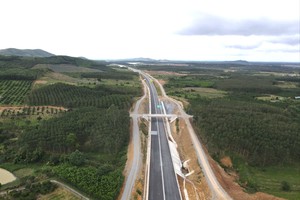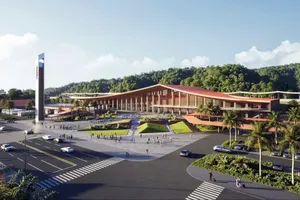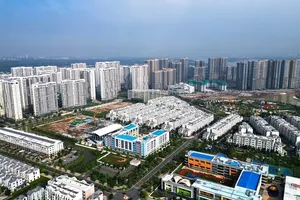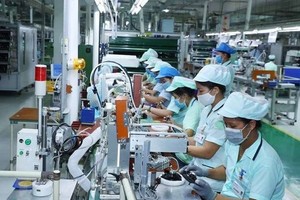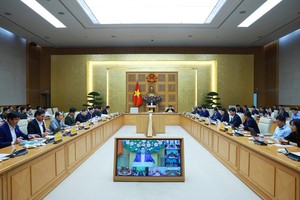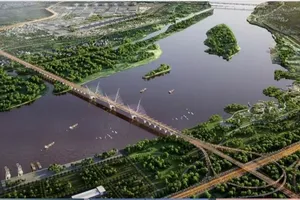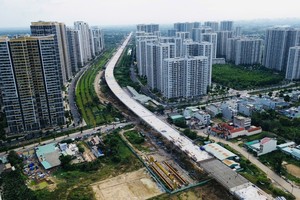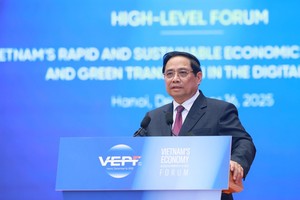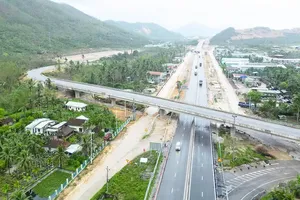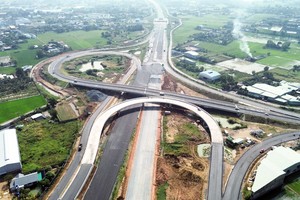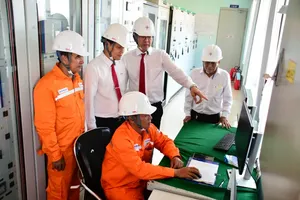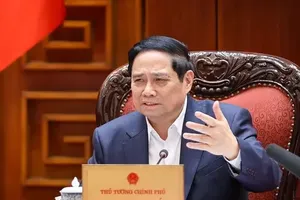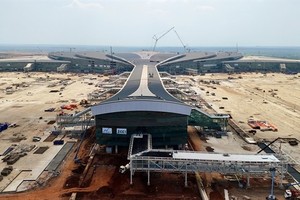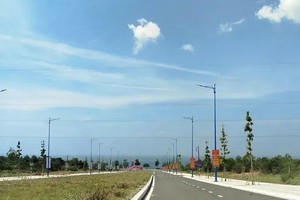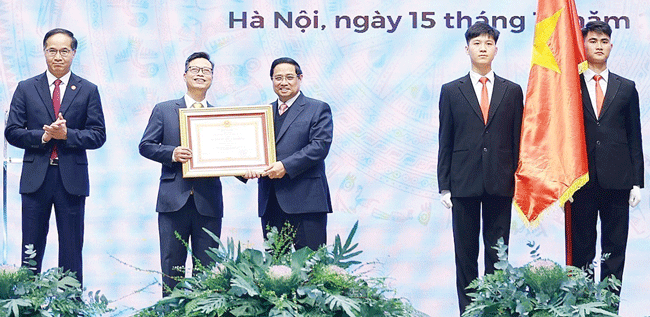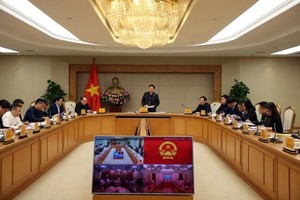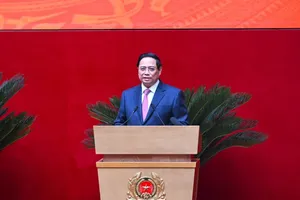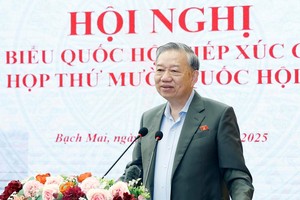In response to rising transportation demand, the Ministry of Construction has proposed prioritizing the expansion of sections along the Hanoi–Ho Chi Minh City route. This route encompasses eight projects launched during the 2017–2020 period and ten more in the 2021–2025 phase, with a total investment estimated at VND152,102 billion (US$5.82 billion).
Proposal of public investment capital use
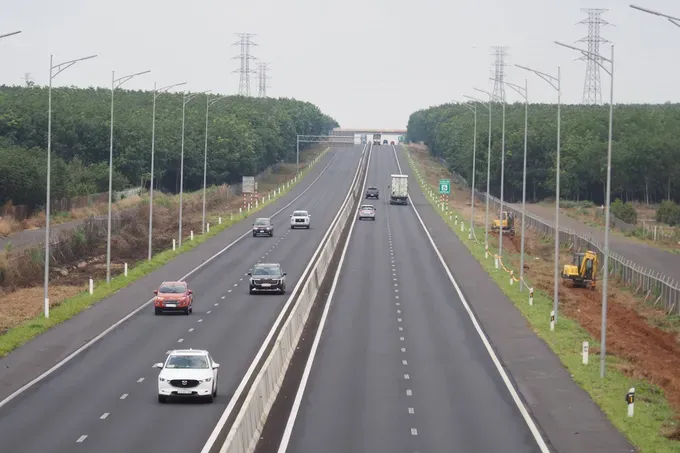
According to the Ministry of Construction, there are only four public investment projects out of the 18 component projects along the expressway in the 2017–2020 period, including Mai Son–National Highway 45, National Highway 45–Nghi Son, Nghi Son–Dien Chau, and Phan Thiet–Dau Giay sections that are considered to have high transportation demand thanks to its strategic location at important traffic gateways. These segments are projected to generate sufficient toll revenue to recover investment costs within 3 to 13 years.
For the three build–operate–transfer (BOT) projects, Dien Chau–Bai Vot, Nha Trang–Cam Lam, and Cam Lam–Vinh Hao, the ministry noted that expanding to six lanes could pose financial challenges, as investors have already mobilized resources under earlier agreements.
The remaining 11 sub-projects are located in areas with low transport demand and limited economic efficiency. If implemented under the public–private partnership (PPP) model, these projects would require an average toll collection period of up to 27 years to recover investment costs.
To optimize efficiency, the Ministry of Construction has proposed continuing to utilize public investment funds to expand the Hanoi–Ho Chi Minh City Expressway. Upon completion, starting from January 2026, the Government plans to implement toll collection to reimburse the state budget, keep fees reasonable and not commercial, and ensure a balanced benefit for the state, citizens, and businesses.
According to Deputy Minister of Construction Nguyen Danh Huy, this approach not only promotes the disbursement of public investment capital but also prevents overlapping investments, enhances economic efficiency, and improves transportation connectivity.
Numerous investors expected to participate
Although the Ministry of Construction has proposed using public investment capital, numerous private investors in the transportation infrastructure sector have expressed interest in participating through the public–private partnership (PPP) model. Specifically, Son Hai Group has requested permission to conduct feasibility studies and prepare complete investment dossiers for the expansion of the 679 km section of the North-South Expressway between Quang Ngai and Dau Giay (Dong Nai Province).
Deo Ca Group has proposed expanding segments of the North-South Expressway from four to six lanes, also under the PPP model. Phuong Thanh Company has expressed interest in investing in over 200 km of road sections, including Vung Ang–Bung–Van Ninh and Phan Thiet–Dau Giay.
Mr. Nguyen Quang Huy, CEO of Deo Ca Group, said that the company is committed to securing financing from legal domestic sources of capital and developing a transparent and reasonable capital recovery plan. Similarly, Son Hai Group has pledged to arrange its funding, complete construction within 24 months, and provide a 10-year warranty on the project.
According to Associate Professor Dr. Tran Chung, the proactive proposals by private enterprises to participate in the expansion of the North–South Expressway are in line with Resolution No. 68-NQ/TW on developing the private economy in the new situation.
This reflects a shift in which private businesses are directly engaging in national key infrastructure projects and contributing to the country’s development.
In practice, recent implementation of transport infrastructure projects under the public–private partnership (PPP) model has demonstrated that many private investors possess strong capabilities, enabling them to accelerate project timelines while maintaining high construction standards.
According to Mr. Nguyen Viet Huy, Deputy Director of the Department for Roads of Vietnam, under the PPP model, the Government entrusts investors with the operation and maintenance of the project under contracts lasting between 10 and 20 years, during which they are allowed to collect tolls to recoup their investment. This gives businesses a strong incentive to ensure high-quality construction, helping minimize maintenance costs in the future.
In response to this situation, the Ministry of Construction stated that the Government has instructed the ministry to review the proposals submitted by enterprises, evaluate and compare the plans to provide recommendations to the Prime Minister on the most effective plans for the project’s commencement and completion, ensuring it can be put into operation soon.
To enable private investors to effectively participate in projects, experts emphasize the need to ease financial constraints facing businesses. Currently, investors are typically required to provide around 20 percent in equity capital, while the remaining 80 percent must be financed through loans from commercial banks. However, commercial banks are currently subject to credit limit restrictions (known as "credit room"), which often prevent them from extending sufficient financing for large-scale projects.
This issue has already occurred in practice. During the first phase of the North–South Expressway project, five out of eight sub-projects that were initially planned to be invested under the public–private partnership (PPP) model were ultimately rejected by banks for financing. As a result, these projects had to be converted to public investment.
